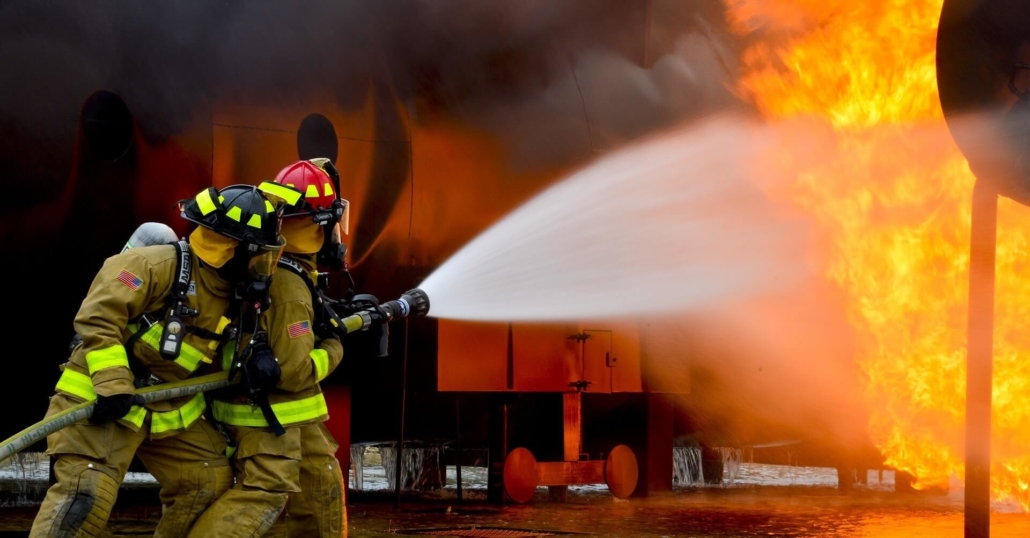For every business in Sydney, fire protection is not just legally required, it’s crucial to keeping employees customers, property, and even the employees protected. A fire can cause catastrophic losses in minutes, but the risk can be reduced or even prevented with the right safety measures implemented. Inspections for fires, as well as regular checking of electrical systems, as well as conformity with CFSP standards all contribute to create a safe environment.

Why fire inspections are vital for your safety
The first line of defense are fire inspections. These inspections verify that every part of a building’s protection system is working and up to date. In Sydney, most businesses are required to conduct inspections every six or 12 months, based on nature of the building and the council’s regulations. Inspections typically cover everything from fire alarm panels and sprinkler systems, to smoke alarms, hydrants and extinguishers, as well as emergency lighting.
What makes inspections so vital is their capacity to uncover problems that are not obvious before they become risky. A small fault on a fire hydrant or an obstruction in a smoke detector might seem insignificant at first glance but in a situation of emergency, such faults can cost lives. When they conduct periodic fire inspections business managers are not only ensuring they meet the requirements of compliance, but are actively taking steps to ensure their workplaces are protected from unexpected disasters.
Electrical risks that are not obvious can be identified by conducting tests and tagging
Electrical systems are one of the main causes of workplace fires, that’s why testing and tagging is a must be a part of any fire safety program. This procedure involves checking the electrical equipment to ensure that it’s safe, functional and safe, then followed by affixing a visible tag to indicate that the item has passed an inspection. This is a rule which is not always straightforward to meet. In many businesses it’s a way to protect themselves from any potential dangers.
Incorrect appliances, old wiring or worn-out cables could quickly become fire hazards in the event that they are not checked. Businesses can lower the risk of fires by testing regularly and marking electrical equipment. Employees also have confidence that the working environment is safe. This creates a sense of confidence and trust in the workplace. In conjunction with testing, fire inspections, and tagging is a comprehensive security plan to reduce risk across multiple areas.
The role of CFSP in Compliance and Certification
In New South Wales, only an Competent Fire Safety Practitioner (CFSP) is able to certify and sign important documents for fire safety, like Annual Fire Safety Statements. The introduction of CFSP accreditation has raised the standards of fire safety by ensuring that only experts with qualifications assess and confirm the security measures. For business owners, working with a CFSP implies that reports and inspections aren’t just routine documents but reliable evaluations carried out by professionals.
The role of a CFSP extends beyond making sure boxes are checked. These professionals assess the condition and effectiveness of fire protection systems, provide thorough reports, and verify the compliance of regulations. Without CFSP certification, companies risk costs, legal issues and even shutdowns if fire protection measures are found to be inadequate. The use of professionals accredited by CFSP ensures the fire safety system is in place correctly, and that the requirements for compliance are met.
Fire Safety as an ongoing Security Commitment
Each business owner has a obligation to ensure that fire safety is a top priority. Regularly scheduled inspections and tests of electrical equipment, in conjunction with proper certification by CFSP, create a safety cycle that doesn’t end. This is not just legal, but it also encourages safety in the workplace. Employees feel safe knowing that clear evacuation plans are in place and that smoke alarms are in place and tested for emergency lighting and fire suppression equipment is ready to use.
Treating fire safety as a continuous process rather than a yearly checkbox not only reduces risks but also strengthens a business’s reputation. In an environment that prioritizes safety, customers and clients are more secure. In the long run, proactive fire protection could save you costs by preventing costly damages such as fines, legal fights or fines. It also safeguards all those in the structure.
Conclusion
The safety of your property in Sydney requires a multi-layered strategy that includes fire inspections as well as testing and tagging as well as the professional certification of a CFSP. Every element plays a critical part in ensuring that businesses are compliant to regulations and, most importantly, in ensuring that people and property are protected. When safety is a regular aspect of the business rather than an afterthought, businesses do not just meet their legal obligations but also provide a safer and resilient environment for the future.
